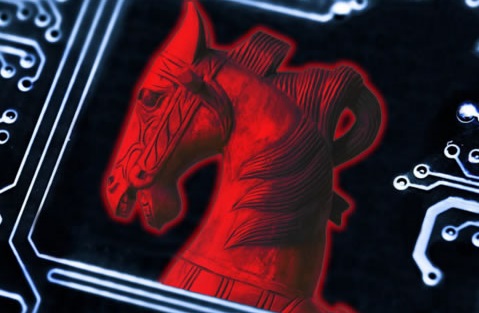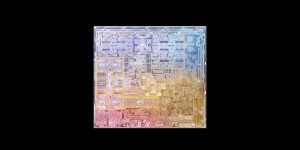
The new SURE Center focuses on hardware assurance.
Matthew French, Jeffrey Draper and Wes Hansford have teamed to create a new R&D center addressing hardware assurance.
Called the Secure and Robust Electronics Center (SURE), the initiative links French-reconfigurable computing and Draper’s large micro-architecture research with MOSIS’ fabless-foundry chip expertise. SURE’s premise: Software is only as safe as the hardware on which it runs. The more complex integrated circuits become, the greater the opportunities for their integrity to be compromised.
Last week, SURE launched a striking new website and was featured in the Fall 2015 Viterbi magazine. French is SURE’s director, and Draper and Hansford are assistant directors. Both French and Draper have deep experience with chip security issues. As research director for ISI’s Computational Sciences and Technology division (CS&T), French heads its Reconfigurable Computing group and has led projects investigating trust, integrity and reliability of integrated circuits. Draper leads the Microarchitecture and Integrated Circuits Research group, whose funding awards have included DARPA-sponsored programs on integrated circuit integrity, reliability and trust.
SURE will focus on four key areas: trust, security, resilience and reliability. Trust is defined as assurance that hardware is what it’s supposed to be, no more and no less. Security involves ensuring that chips can’t be hacked or counterfeited. Resilience concerns error tolerance, or ability to withstand harsh environments in space or from ground-based radiation. And reliability centers on ensuring chips don’t wear out prematurely. According to French, inherent complexities in state-of-the-art electronics have exposed vulnerabilities in all four areas – making concerns that once were highly specialized pervasive across electronics applications.
Funding is expected to come from federal agencies and industry partners, which will have a research incentive to participate. Industry-partnership details currently are being resolved with assistance from the USC Stevens Institute for Innovation, the university’s technology transfer arm. In addition to DARPA, French and Draper’s research has been funded by the Intelligence Advanced Research Agency (IARPA), NASA, the Air Force Research Laboratory (AFRL) and the Defense Threat Reduction Agency (DTRA), among others. A unit of USC’s Information Sciences Institute, SURE is based in Marina del Rey, California and Arlington, Virginia.
Published on November 5th, 2015
Last updated on July 14th, 2021











